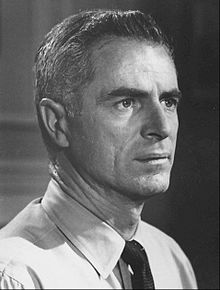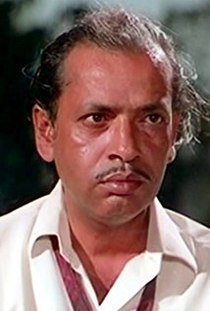Jack Breed
Popular As John David Breed
Birthday January 15, 1927
Birth Sign Capricorn
Birthplace Oakland, California, USA
DEATH DATE 24 September, 1994, Ojai, California, USA (67 years old)
Nationality United States
Height ideal: 25 –
Weight 5 –
#5723 Most Popular















